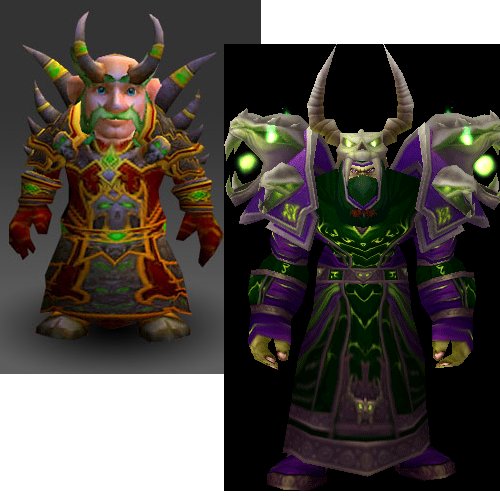
On the other hand, macOS supports up to OpenGL 4.1 (spec released in 2010) and iOS supports up to OpenGL ES 3.0 (spec released in 2012). In 2017 Metal 2 was released both to macOS and iOS. when performing an install of a desktop (not iOS!) build, the CMake files generated at PREFIX/lib/cmake/SFML must be identical with the ones generated by an install with current SFML masterĪs you may know, Apple is pushing its own GPU technology, Metal, which was made available to iOS in 2014 and to macOS in 2015. Note that there are still many issues with iOS implementation (aspect ratio when rotating, low-res display and graphical glitches), but these are out of scope in current PR.

you must be able to build & run the examples flawlessly from Xcode when targetting the simulator, same for a real device if you have a valid certificate from Apple. If you see a more elegant way to deal with these, don't hesitate to tell! The examples C++ code also highlight a few behavior differences that we need to deal with: OpenGL vs OpenGL ES, different packaging of an iOS app, and mouse input vs touch input. The changes are mainly in CMake code, to fix linking and set a few required properties. The current "iOS" example is removed as it doesn't cover more usages than the above examples. These are the ones that don't use shaders.

The following GUI based examples are updated and now added to the generated Xcode project if you set SFML_BUILD_EXAMPLES to true: We need your help both for code review and testing.


 0 kommentar(er)
0 kommentar(er)
